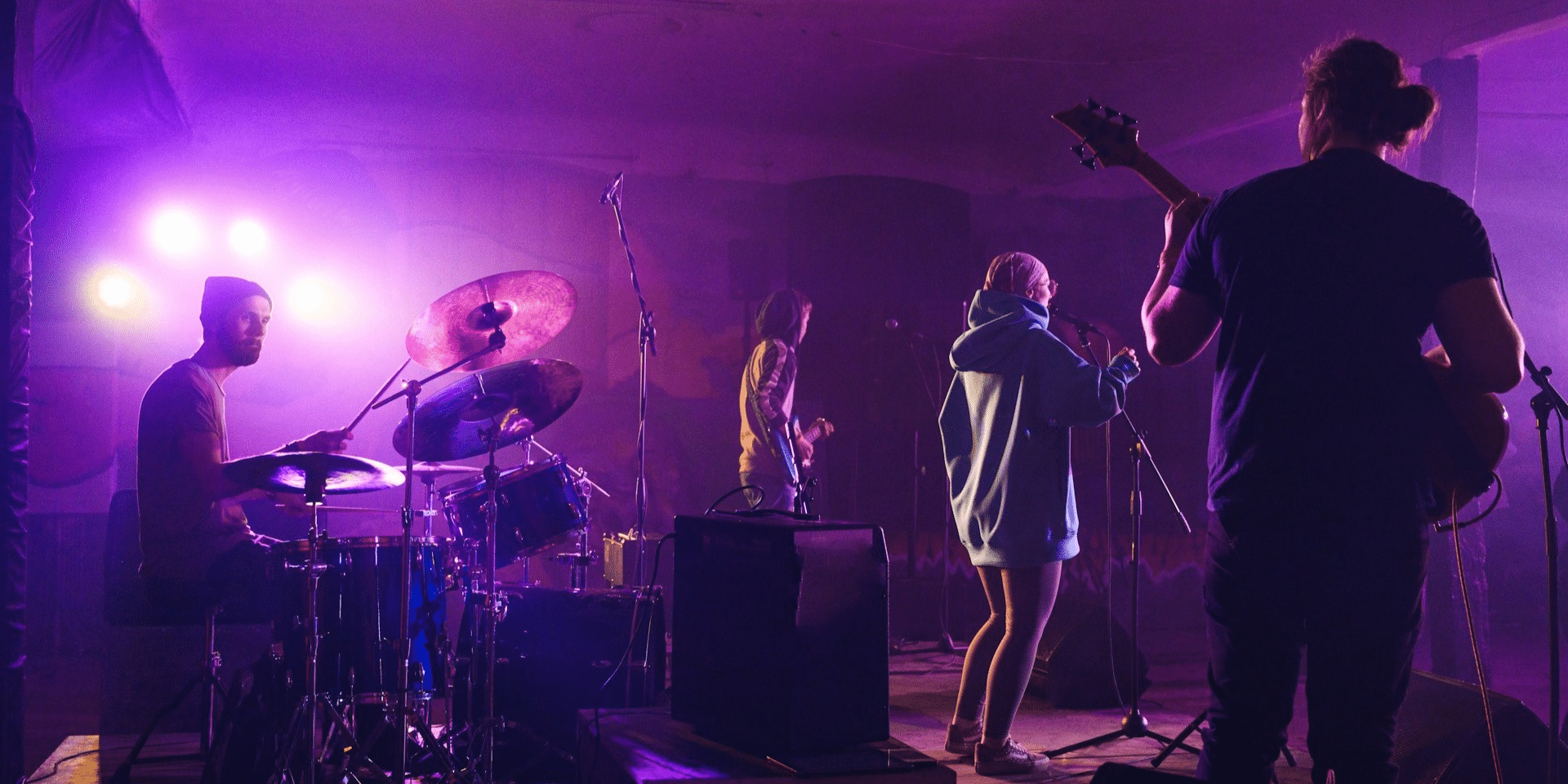Indie-rock artists have seen substantial growth in popularity and influence over the past few decades. Emerging from underground scenes, these artists have captured the hearts of audiences worldwide with their unique sounds and creative freedom. This article delves into the factors driving the rise of indie-rock artists, the impact of digital platforms, and the future prospects for this dynamic genre.
Understanding Indie-Rock
Indie-rock, short for independent rock, is a genre characterized by its emphasis on artistic freedom, DIY ethics, and often unconventional sounds. Indie-rock artists typically operate independently of major record labels, which allows them to maintain creative control over their music.
The roots of indie-rock can be traced back to the punk rock movement of the 1970s and 1980s. Bands like The Smiths, R.E.M., and Sonic Youth are often credited with pioneering the genre. These artists emphasized authenticity and individuality, setting the stage for future indie-rock musicians.
Factors Driving the Growth of Indie-Rock Artists
One of the most significant factors driving the growth of indie-rock artists is the advent of digital platforms and social media. Platforms like Spotify, Bandcamp, and SoundCloud have revolutionized how music is distributed and consumed. These platforms allow indie-rock artists to reach a global audience without the need for major label backing.
Social media platforms like Instagram, Twitter, and TikTok have also played a crucial role. Indie-rock artists can now engage directly with their fans, share their creative processes, and promote their music. This direct interaction helps build a loyal fan base and fosters a sense of community.
Streaming services have democratized music distribution, providing indie-rock artists with unprecedented access to listeners. Services like Apple Music and Spotify have playlist features that can introduce indie-rock music to millions of users. The algorithm-driven recommendations on these platforms also help new artists gain exposure.
Live performances and music festivals have always been essential for indie-rock artists. Events like Coachella, Lollapalooza, and South by Southwest (SXSW) have been instrumental in showcasing indie talent. These festivals attract large audiences and provide artists with valuable exposure and networking opportunities.
The DIY (do-it-yourself) ethos is a cornerstone of the indie-rock genre. Many artists produce, record, and distribute their music independently. This approach allows them to retain creative control and avoid the commercial pressures often associated with major labels. The emphasis on artistic freedom and authenticity resonates with listeners who seek music that reflects genuine expression.
The Impact of Indie-Rock Growth
The growth of indie-rock has significantly influenced mainstream music. Many indie-rock artists have crossed over into the mainstream, bringing their unique sound with them. Bands like Arctic Monkeys, The Strokes, and Vampire Weekend have achieved commercial success while maintaining their indie roots. This crossover has led to a blending of genres and has introduced indie-rock elements into pop, electronic, and alternative music.
Indie-rock artists contribute to the economy through album sales, streaming revenue, merchandise, and ticket sales. The growth of indie-rock has also supported related industries, such as music production, marketing, and event management. Independent record labels and local music venues have benefited from the increased popularity of the genre.
Indie-rock has a profound cultural impact, influencing fashion, art, and lifestyle. The genre often addresses social and political issues, providing a platform for alternative voices and perspectives. Indie-rock music videos, album art, and live performances contribute to a broader cultural dialogue and inspire creative expression in various forms.
Future Prospects for Indie-Rock
As digital platforms continue to evolve, indie-rock artists will have more tools and opportunities to reach audiences. Innovations in virtual reality (VR) and augmented reality (AR) could transform live performances and music experiences. Blockchain technology and non-fungible tokens (NFTs) may offer new revenue streams and ways to monetize music.
The indie-rock community is increasingly focused on sustainability and ethical practices. From eco-friendly merchandise to carbon-neutral tours, artists and fans are advocating for more responsible approaches to music production and consumption. This trend aligns with the values of many indie-rock listeners who prioritize social and environmental issues.
Future prospects for indie-rock include increased collaboration and genre blending. Artists are experimenting with new sounds and working with musicians from different genres. This cross-pollination leads to innovative music and keeps the genre fresh and relevant.
The growth of indie-rock artists reflects a broader shift in the music industry towards greater independence, creativity, and direct engagement with fans. Digital platforms, streaming services, and live performances have all played crucial roles in this growth. As the genre continues to evolve, indie-rock artists are likely to remain at the forefront of musical innovation and cultural influence.
















